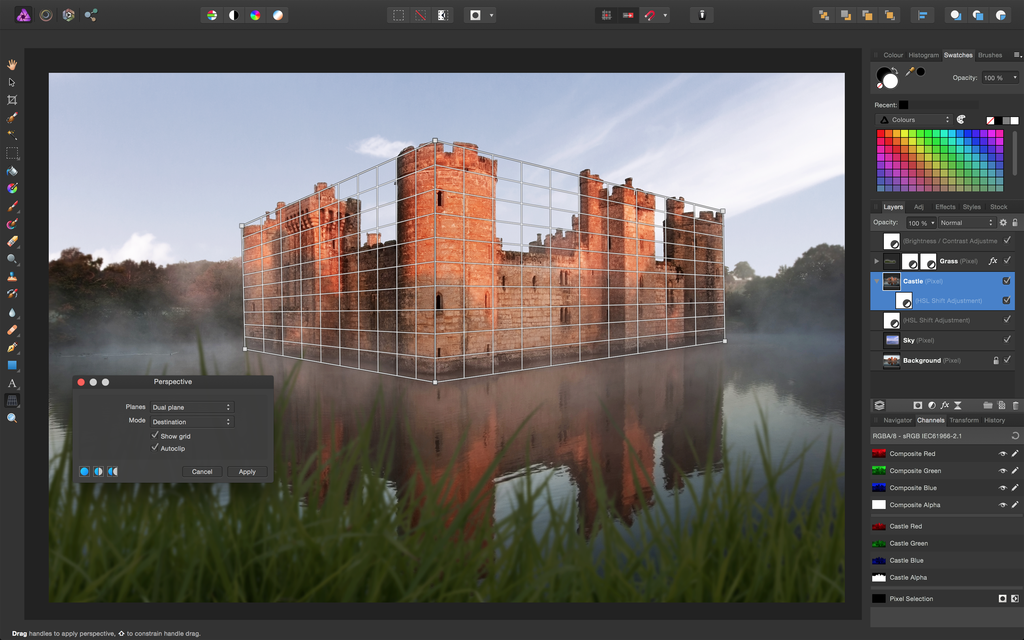

- #DAVID CUERDON PORTRAIT RETOUCHING TOOLKIT CODE#
- #DAVID CUERDON PORTRAIT RETOUCHING TOOLKIT LICENSE#
Rights to all image content must be separately secured from Stacker or That accompany our stories are not included in this license, and

To avoid publishing duplicate content, we also ask you to point theĬanonical tag back to the original article noted in the code.Ĭlick here to learn more about canonical tags, and if you have any Include a hyperlink to the following URL:
#DAVID CUERDON PORTRAIT RETOUCHING TOOLKIT LICENSE#
Additionally, always indicate that theĪrticle has been re-published pursuant to a CC BY-NC 4.0 License and Always incorporate a link to the original version of theĪrticle on Stacker’s website. Republished text - whether to Stacker, our data sources, or otherĬitations. Original source of the story and retain all hyperlinks within the

#DAVID CUERDON PORTRAIT RETOUCHING TOOLKIT CODE#
To publish, simply grab the HTML code or text to the left and paste into Restrictions, which you can review below. Republish under a Creative Commons License, and we encourage you to To that end, most Stacker stories are freely available to Stacker believes in making the world’s data more accessible through Click through to see how women in STEM have shaped the world. Female scientists should be an inspiration to everyone, but they can be especially important role models for young girls. Stacker looked back through history and consulted NASA, news reports, and past Nobel Prize winners to compile a list of 30 amazing women in science. Female scientists have also taken to social media to fight gender stereotypes about how a scientist should look, including #distractinglysexy and the “ I look like an engineer” hashtag. While Marie Curie was exploring radiation in the early 1900s, modern-day women in science are traveling through space, editing genetic code, and curing malaria. Black Girls Code, founded by electrical engineer Kimberly Bryant, brings computer coding lessons to young girls in underrepresented communities. To help close the gender gap in tech, Reshma Saujani founded Girls Who Code, an organization that introduces high school girls to computer science programs. There’s also a push to feature more female scientists in the media. While science is still a male-dominated field, people are trying to change this and include more women and girls in science and math. Female scientists are even underrepresented in children’s books, and more than half of those women who do enter the STEM field experience discrimination. Globally, women make up less than a third of the science and research workforce.


 0 kommentar(er)
0 kommentar(er)
